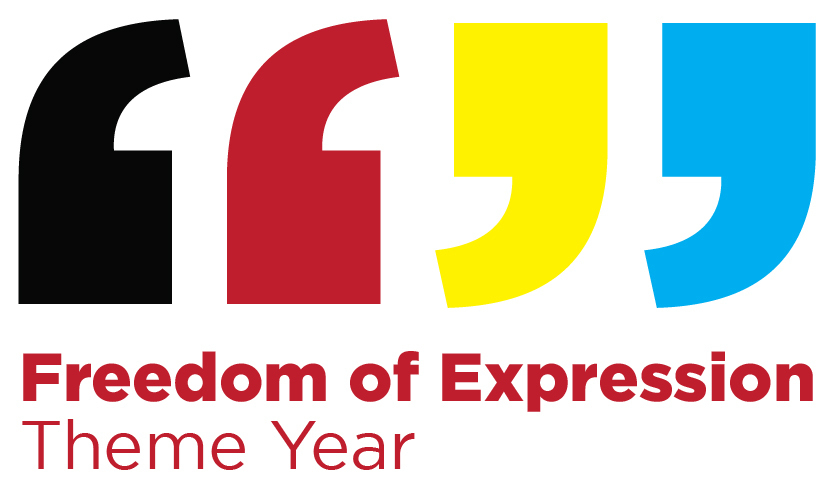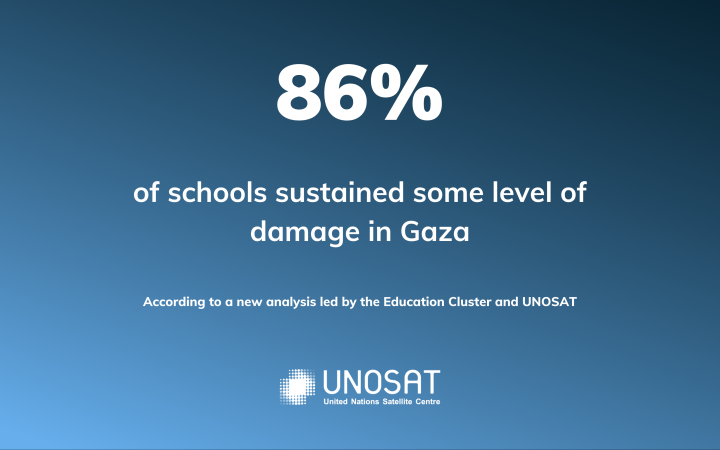Almost 8.6 million residential broadband services are now on the NBN and 58 per cent are on high speed services of 50 Mbps, with an additional 15 per cent of customers on speeds of over 50 Mbps, the ACCC’s latest NBN Wholesale Market Indicators Report reveals.
As the majority of the ‘Focus on Fast’ promotional discounts have now ended, the number of very high speed services over 100 Mbps fell by about 108,000 services, or 24 per cent, in the quarter. However, almost half of the households that took up very high speed plans in 2021 remain on services above 100 Mbps.
“We encourage consumers to trial new services, but it’s important that they think about their internet usage and choose the speed tier that best fits their needs,” ACCC Commissioner Anna Brakey said.
Aussie Broadband continued to make gains in the December 2021 quarter, increasing its customer base by about 46,000 and lifting its wholesale market share to 5.6 per cent, up from 5.1 per cent in September 2021. Superloop also increased its share in the quarter to 1.7 per cent.
Wholesale market shares declined slightly over the quarter for Optus (14.5 to 14.1 per cent), Telstra (44.3 to 44.1 per cent) and TPG (23.9 to 23.6 per cent), while Vocus increased its market share slightly from 7.2 to 7.3 per cent.
“We are glad to see continued growth from smaller NBN providers. Their presence in the market keeps pressure on the big four of Telstra, TPG, Optus and Vocus to maintain a high quality, competitive service,” Ms Brakey said.
“Some smaller providers are offering consumers different options to meet their specific needs, such as tailored plans and discounted pricing options, network performance graphs, Australia-only call centres and gamer-optimised plans.”
NBN providers acquired slightly less Connectivity Virtual Circuit (CVC) capacity over the December quarter, and average capacity acquired per user decreased from 2.82 Mbps in the September 2021 quarter to 2.73 Mbps. CVC is effectively the bandwidth that NBN providers acquire from NBN Co.
New South Wales, Victoria and the ACT experienced large CVC declines, while the other states and territories increased, which suggests lockdown restrictions easing in the eastern states influenced the overall CVC reduction in the quarter.
NBN providers expanded their presence at the 121 NBN Points of Interconnection (POIs), which are the physical locations where providers can connect to the NBN. In the December quarter there were at least 13 NBN providers directly acquiring NBN services at 121 of the POIs, up from 119 POIs in the September quarter.
“Some of the smaller regional retail providers are expanding their POI footprints nationally, and that will give greater variety of internet providers to consumers in more locations,” Ms Brakey said.
Further information, including time series data, is available on the ACCC website at NBN Wholesale Market Indicators Report.
Background
The ACCC’s NBN Wholesale Market Indicators Report contains information on NBN Co’s provision of wholesale services to retail service providers. It does not report on the services supplied by retail service providers to end users. Retail service information is available via the ACCC’s Internet Activity RKR Report.
Retail service providers use the NBN’s wholesale access service to supply retail services to their own customers or, alternatively, to supply a wholesale service to another (usually smaller) retail service provider.
Most small retail service providers do not directly connect with NBN Co, but instead resell services that they buy from larger providers such as Telstra, TPG and Optus.







